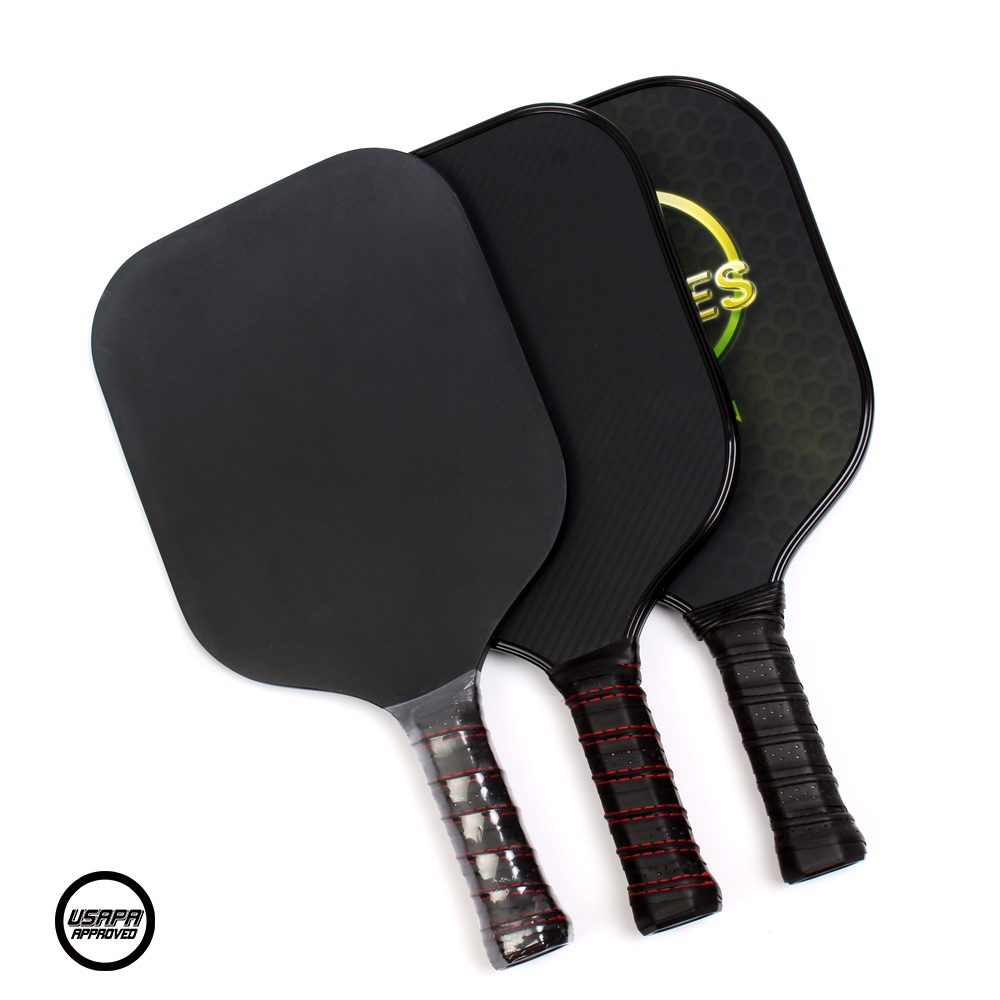Pickleball’s surge in popularity has driven innovation among manufacturers striving to produce high-quality equipment. As an experienced manufacturer, selecting the right materials for paddles and balls is crucial for enhancing player performance. Here’s a brief overview of the considerations involved in material selection for pickleball equipment.
Pickleball Paddles
Core Materials
- Polymer (Polypropylene) Core: Most popular due to its balance of power and control. Durable and cost-effective with a solid feel and quieter hit. It is very durable compared to most other honeycomb core materials.
- Nomex Core: Lightweight and strong, producing a loud, crisp sound. Preferred by aggressive players but less durable. Pay attention to the playing environment as it might cause complaints due to its crisp sound.
- Aluminum Core: Offers excellent control and touch. Lightweight but can dent upon hard impacts. Pro players like it, but beginners and intermediates might find it not durable enough.
Surface Materials
- Fiberglass: Excellent ball control and spin with a softer feel. Less durable under heavy use.
- Graphite Carbon: Lightweight and strong, balancing power and control. Favored by competitive players but more expensive.
- T700 Carbon Fiber: A high-grade carbon fiber known for its high tensile strength and durability. It provides a crisp feel and excellent control, making it suitable for advanced players. T700 is often used in premium paddles due to its superior performance characteristics.
- Other Carbon Fiber Grades: Different grades of carbon fiber, such as T800 and T1000, offer varying balances of strength, stiffness, and weight. Higher grades provide greater performance but at a higher cost, while lower grades may offer more affordability with slight compromises in performance.
Role of Technology
Advanced tools like CAD and FEA help optimize paddle design, weight distribution, and balance, enhancing performance and durability.
Manufacturing Processes
Compression molding and high-temperature curing ensure consistent quality. Stress testing and surface inspections maintain high standards.
Pickleball Balls
Indoor Balls
Made from softer plastic with larger holes for better control and consistent bounce on gym floors.
Outdoor Balls
Constructed from harder plastic to withstand rough surfaces. Smaller holes reduce wind resistance, making them suitable for outdoor play.
By carefully selecting materials and employing advanced manufacturing techniques, we ensure our pickleball equipment meets the highest standards, enhancing the playing experience for enthusiasts and professionals alike.



